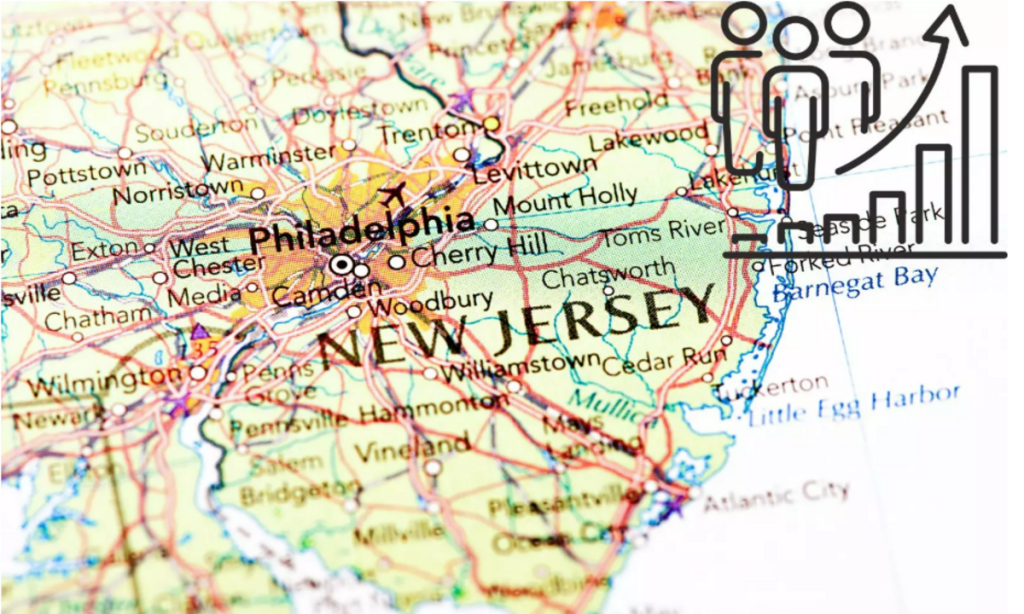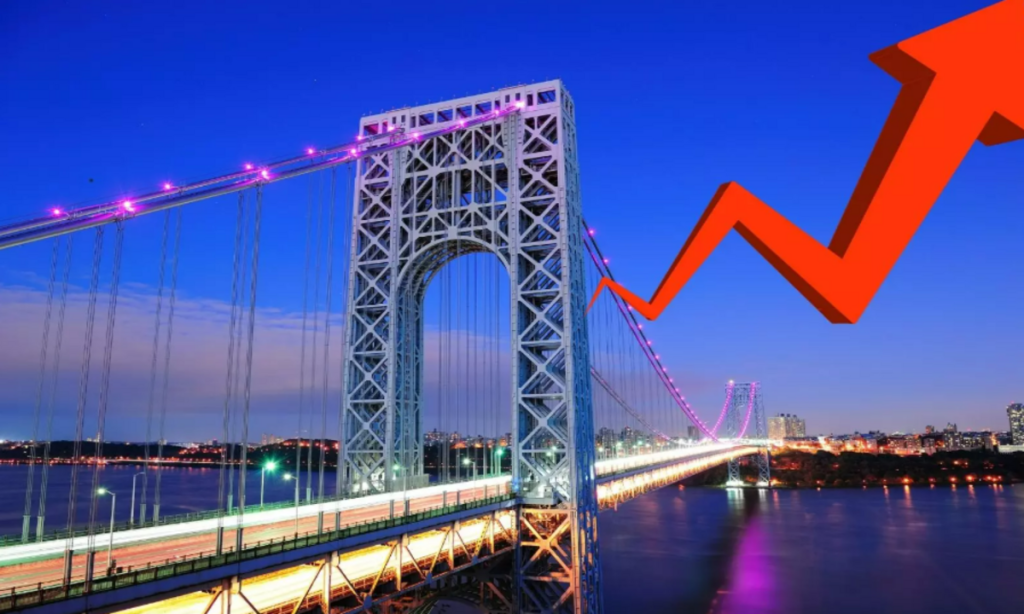New Jersey’s Population Hits Record 9.5 Million: Immigration Fuels Unprecedented Growth
New Jersey has reached a historic population milestone, surpassing 9.5 million residents as of July 1, 2024. This marks a 1.3% increase from the previous year, making it the fastest-growing state in the Northeast. While other states in the region are experiencing population stagnation or even decline, New Jersey continues to grow at a remarkable pace.
But what’s behind this population boom? The primary reason is immigration. While many longtime residents are moving out of the state due to high living costs, an influx of international immigrants has more than made up for those losses.
How Immigration is Driving Population Growth
Between 2020 and 2024, New Jersey welcomed 327,188 international immigrants, making up the majority of the state’s population increase. According to the New Jersey Department of Labor & Workforce Development, this surge has placed the state 10th in the nation for population growth.
Currently, about 24.2% of New Jersey’s population consists of immigrants, a significantly higher percentage than the national average of 14.3%. This shift is reshaping the state’s demographics, workforce, and economy.
Despite this growth, more people are leaving New Jersey than moving in from other U.S. states. In 2024 alone, New Jersey experienced a net domestic outmigration of 35,554 residents, with many relocating to Pennsylvania, Florida, and New York. However, the steady stream of immigrants has more than compensated for this loss, leading to overall population growth.
The Economic Impact of Population Growth
With a growing population comes an evolving economy. New Jersey’s labor force has significantly expanded, benefiting from the influx of immigrants who contribute to various industries. In 2024, the state saw record-high employment numbers, with 4.39 million jobs and 284,200 employers, according to the U.S. Bureau of Labor Statistics.
Immigrants play a crucial role in several key sectors, including healthcare, technology, and retail. Statistics show that immigrants make up:
29% of New Jersey’s workforce
22% of retail salespeople
30% of registered nurses
64% of software developers
These numbers highlight how immigration is not just increasing the state’s population but also supporting its economy by filling critical job positions.
Challenges of Rapid Population Growth
While this growth brings many benefits, it also raises concerns. More people mean greater demand for housing, schools, healthcare, and transportation. The cost of living in New Jersey is already high, and increased competition for housing could drive prices even higher.
Traffic congestion is another major issue, as more residents put a strain on the state’s infrastructure. Public services, including schools and hospitals, may also struggle to keep up with the rising demand.
Additionally, some policymakers worry that the state’s tax burden could increase as local governments work to accommodate the growing population. Property taxes in New Jersey are already among the highest in the country, and further increases could push more residents to leave the state.
Governor Murphy’s Response
Governor Phil Murphy has expressed optimism about New Jersey’s population growth. During his State of the State address, he pushed back against reports showing that more people are leaving the state than arriving from other U.S. states.
“Apparently, there are far more moving vans coming into New Jersey than leaving,” Murphy joked. While this statement was meant to counter negative reports about outmigration, the data clearly shows that immigration is the main factor driving New Jersey’s growth—not domestic migration.
What’s Next for New Jersey?
Looking ahead, the state will need to find ways to balance economic growth with infrastructure expansion. Policymakers must ensure that housing, transportation, and public services keep up with the increasing population.
While New Jersey’s diverse and expanding population presents new opportunities, it also brings challenges that require careful planning and investment in public resources.
The coming years will determine whether New Jersey can continue thriving as a growing state or face difficulties due to rapid population expansion.
Disclaimer—Our team has checked this article to ensure its accuracy and eliminate any misinformation. We are committed to providing clear and reliable information for our readers.


